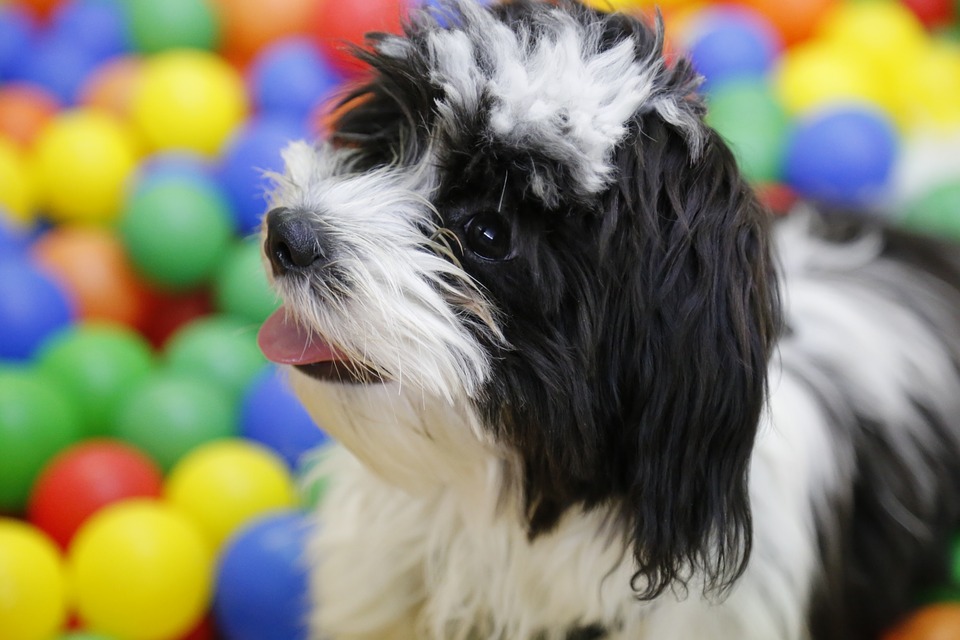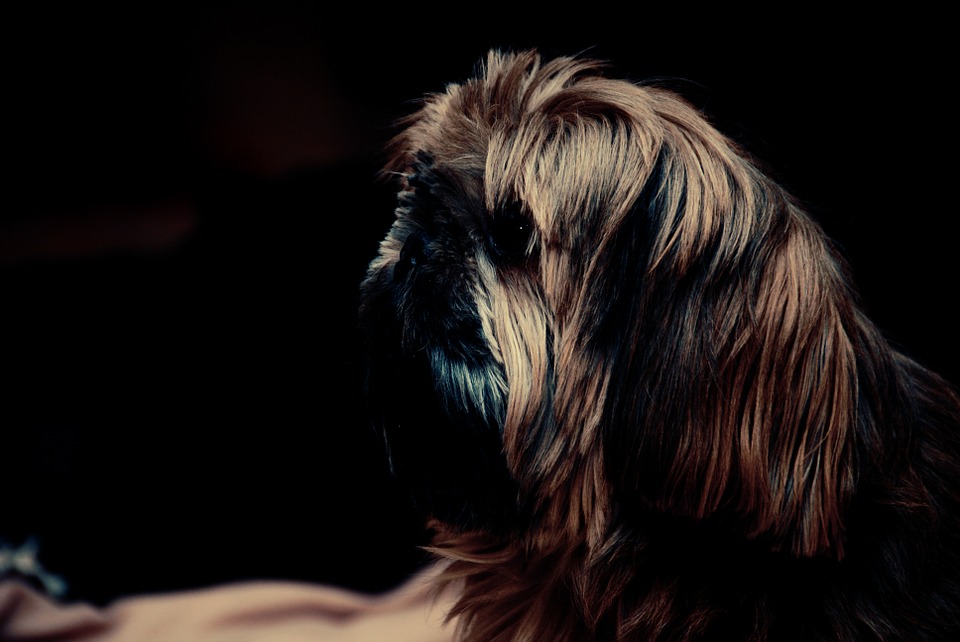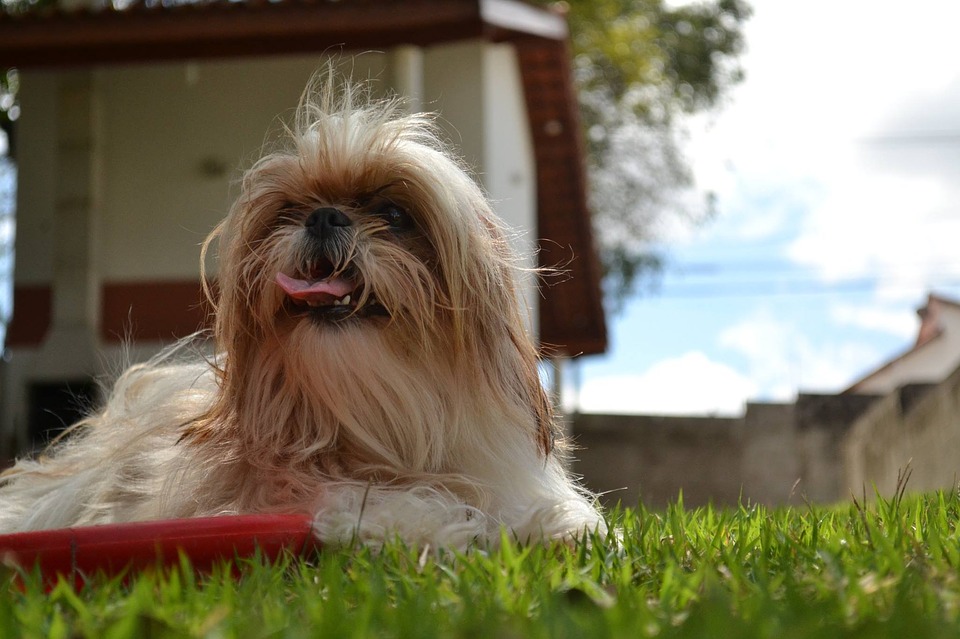The Shih Tzu
Vital Stats of Shih Tzus
- Dog breed group: Toy
- Height: 8 to 11 inches at the shoulder
- Weight: 9 to 16 pounds
- Lifespan: 10 to 18 years
Physical Characteristics of Shih Tzus
The Shih Tzu is a pup with a snugly build and a solid, sound structure. Also, this breed’s body length is slightly greater than its height.
Its hair contains double layering, is full, dense and lush, and grows long and straight, past the feet. The Shih Tzu sheds very little, which makes it an ideal choice for people who have light allergies to fur. It’s also great for people who just prefer not to clean up a lot of hair. In addition, Shih Tzus have ears and a tail that are full and long, with the tail hair fluffing it out in a feathery plume that curves over the back.
The Shih Tzu’s Personality

All dog breeds have a purpose. Historically, the purpose of the Shih Tzu was to be a companion. This breed simply desires to be with you. Therefore, don’t expect him to hunt, guard or retrieve.
Affection is the Shih Tzu’s dominant characteristic, and your lap is his favorite destination. He is happiest when he is with his family, giving and receiving attention. That said, this breed is not a total couch potato. He is alert and lively and may bark at newcomers to his home. However, he will make friends with your guests the minute they walk inside.
Care for Shih Tzus

Shih Tzus require exercise. However, they don’t need much more than a daily walk around the neighborhood, or a run through the park. You can even suitably energize this breed with fetching games inside when the weather does not permit outdoor activities. Shih Tzus are walking dog rather than a jogging dog. However, owing to its size, it can also make an enjoyable biking companion, given a comfortable bike basket from which to settle in to catch the wind in its face.
If you choose to grow the hair long, you will need to commit to an intense grooming schedule, as the hair of a Shih Tzu can get out of hand quickly. Some owners who don’t plan to show their Shih Tzu will choose to keep their pet in a teddy bear cut, or an abbreviated long style that is easier to manage.
Health of Shih Tzus
Some of the minor diseases that can affect the Shih Tzu include the following:
- renal dysplasia: abnormal growth of tissue
- trichiasis: eyelash malformation
- entropion: inverted or folded inward eyelid
- progressive retinal atrophy (PRA): bilateral degeneration of the retina, causing progressive vision loss culminating in blindness
- otitis externa: chronic inflammation of the external ear canal
- patellar luxation: kneecap dislocation
- inguinal (groin) hernia: abdominal contents protrude through the inguinal canal or inguinal ring
- reverse sneezing: nasal secretions drop into the soft palete, causing it to close over the windpipe, resulting in a wheezing sound
A major concern with this breed is canine hip dysplasia. Other issues this breed is prone to is cataracts and dental problems.
History of Shih Tzus
The name Shih Tzu translates to “mini lion,” the moniker given to it in deference to its lion-like appearance.
The lion was highly esteemed in China for its connection with Buddhism, since it had a long tradition as guardian of the temples and palaces. The lion’s strength and courage was revered, and made its way into many of Buddha’s readings. The Shih Tzu was bred to reflect that appearance of strength, regality and beauty. It took the position as a practical stand in for the lion, acting as a companion and guardian of the palace and temple.
The modern Shih Tzu was developed in China in the late 19th Century, when the Dowager Empress Cixi ruled the kingdom.
The American Kennel Club recognized the Shih Tzu in 1969. Today, this breed is popular for his loyal, gentle, cheerful attitude.
For more information on the Shih Tzu or other dog breeds, don’t hesitate to contact us here at All Pets Veterinary Medical Center with the link below!
















